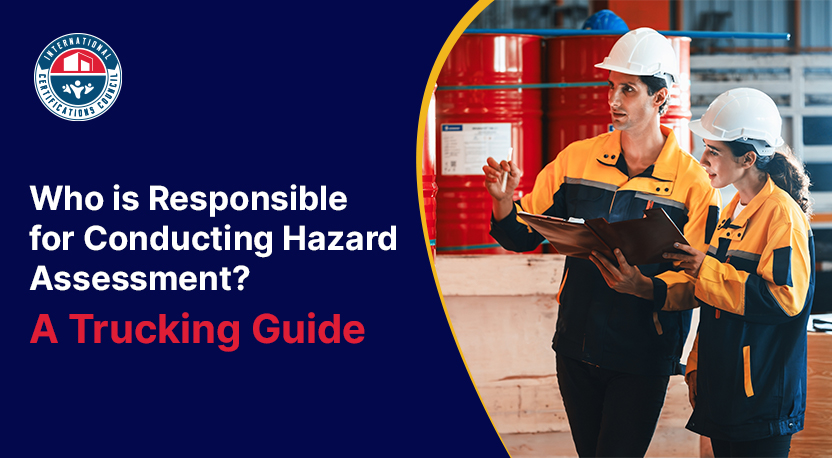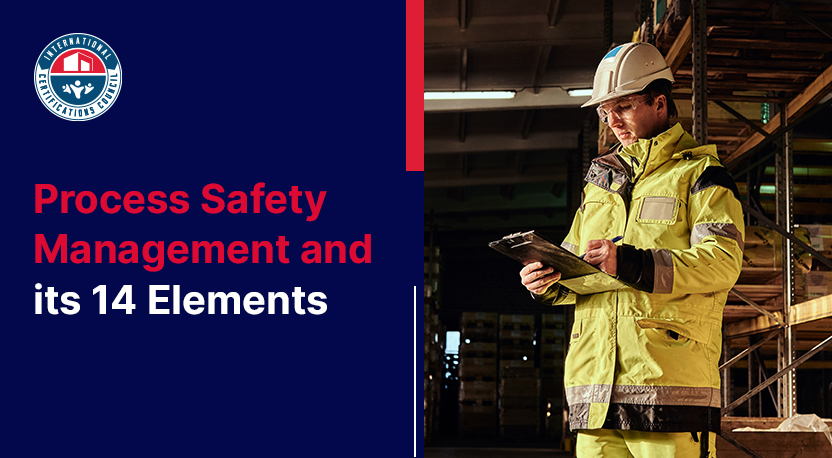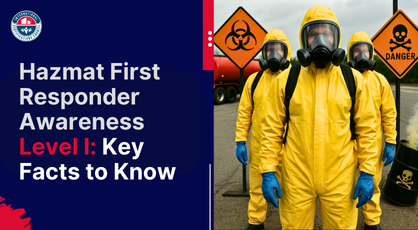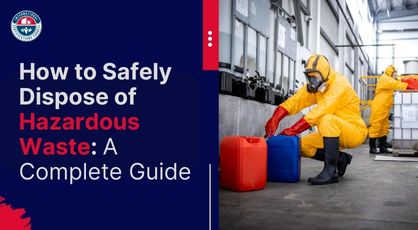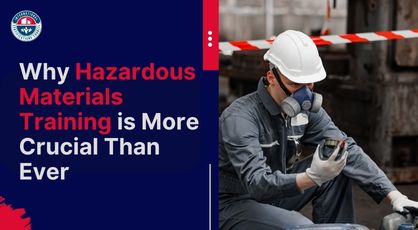With the global transportation services market projected to hit around USD 15.94 trillion by 2032, it’s no wonder you’ve decided to start a transportation and logistics business.
As a T&L business owner, you undoubtedly wear many hats. However, one of the most critical aspects of your role is ensuring safety, especially when dealing with or transporting hazardous materials (hazmat) within your business.
Within the realm of safety protocols, hazardous material labeling and marking are something on which paying attention is essential.
No matter how good your intentions are, you can make mistakes.
To help you navigate the hazardous terrain of hazmat handling, this article will highlight five common mistakes in hazmat marking and labeling that you should avoid. By addressing these errors, you can contribute to a safer working environment for yourself and those around you.
5 Mistakes T&L Business Owners Must Avoid
Neglecting to Check and Update Information
One prevalent mistake in hazmat marking and labeling is neglecting to check and update important information regularly. The information on labels and markings, such as the material's name, hazard class, and contact details. All these details must be accurate and up-to-date.
Failure to verify this information can lead to severe consequences, as mishandling or misinterpretation of hazmat properties may occur. Always double-check and update your labeling information to reflect the current state of the hazardous materials you are handling.
Inadequate Labeling of Mixed Loads
Another common error is inadequate labeling of mixed loads. When transporting or storing hazmat materials, it's not uncommon for different substances to be packed together. Failing to label mixed loads properly can create confusion and pose a significant risk.
Make sure each hazardous material within a mixed load is appropriately marked and labeled to avoid any misunderstandings about the nature of the contents and the precautions required.
Ignoring Compatibility Guidelines
Hazmat materials vary in their chemical properties and reactions. One frequent mistake is ignoring compatibility guidelines when marking and labeling hazardous materials. Mixing incompatible substances can result in hazardous reactions, leading to spills, leaks, or even explosions.
Always adhere to DOT compatibility guidelines and clearly indicate on labels if certain materials should not be stored or transported together. This simple step can prevent catastrophic incidents and protect both personnel and the environment.
Using Incorrect Labeling Symbols
The use of standardized symbols is vital for effective hazmat communication. However, using incorrect labeling symbols is a common mistake that can lead to confusion and accidents.
Familiarize yourself with the hazard symbols and labeling requirements outlined in regulatory guidelines such as the Hazard Communication Standard (HCS) or the Globally Harmonized System (GHS).
Using the correct symbols ensures that anyone handling or encountering hazardous materials can quickly understand the associated risks and necessary precautions.
Ignoring Proper Placement of Labels
Proper placement of labels is as pivotal as using the right ones. Neglecting this aspect can hinder the effectiveness of hazard communication. Labels must be affixed prominently and securely to the hazardous material containers.
Avoid placing labels in areas where they can become obscured, damaged, or detached. Properly positioned labels guarantee that information is readily visible, reducing the risk of accidental exposure or mishandling.
Conclusion
In the world of handling hazardous materials, it's crucial to avoid mistakes when marking and labeling. Check and update information regularly, correctly label mixed loads, follow compatibility guidelines, use the correct symbols, and put labels in the right place.
Doing these things makes your workplace safer. Paying attention to details in marking and labeling can make the difference between a smooth operation and a dangerous situation. Stay alert, put safety first, and try your best to avoid these common mistakes in how you handle hazardous materials.
Are you ready to unlock the secrets behind the marks and labels that communicate essential information throughout the hazardous materials supply chain? Enrolling in our DOT Hazardous Marking and Labeling course is your gateway to comprehensive knowledge and expertise in this critical domain. Add to cart now!


